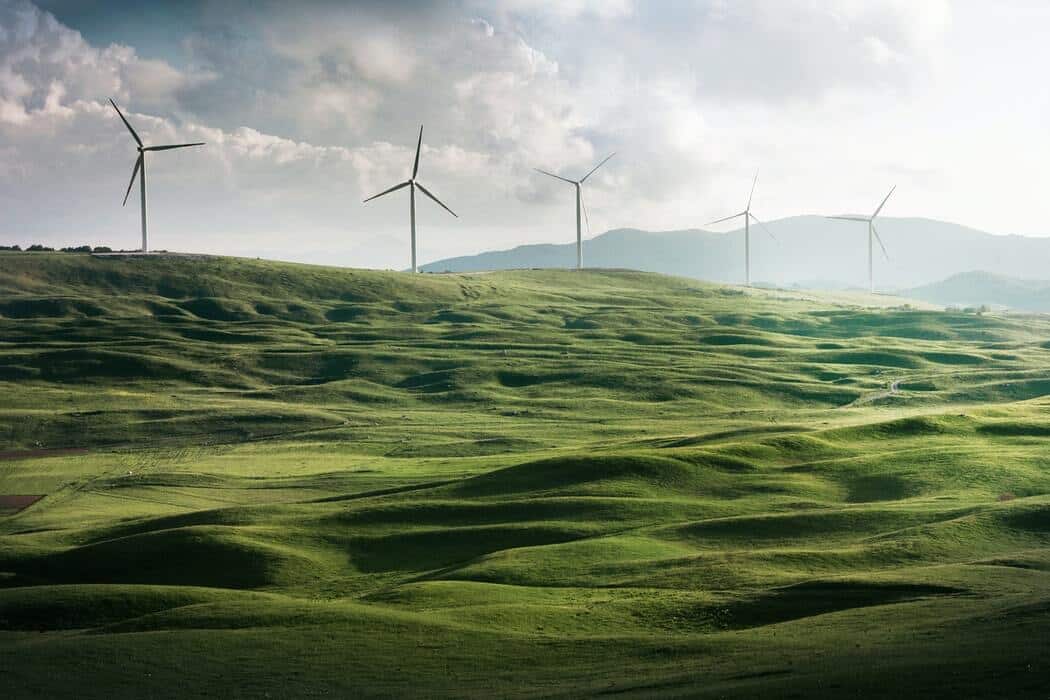Published the 12/07/2022

From the production of hydrogen by extraction to the use of the molecule… We explain everything about the life cycle of renewable hydrogen as it is manufactured by Lhyfe.
What are the stages of renewable hydrogen production?
Here are the three stages of Lhyfe renewable hydrogen production. Lhyfe’s production units produce without any CO2 emissions (as opposed to carbonated hydrogen):
- Electrolysis of water: hydrogen is produced from water from rivers, the ocean, rain, or leachate. Electrolysis is a process that splits the chemical bonds of H2O molecules. It is done using renewable energy. During this process, oxygen is released into the air. On the other hand, there is no carbon dioxide (CO2) emission.
- Hydrogen (H2) compression: This process reduces the volume of hydrogen and increases the pressure.
- Hydrogen purification: In this step, the remaining traces of oxygen (O2) and water (H2O) are removed.
How is renewable hydrogen transported? For what purposes?
When used for a factory, in industrial quantities, hydrogen can be transported directly through a pipe connection. This allows the factory to be supplied for the following uses:
- glass
- steel
- food manufacturing
- plastics
- …
Hydrogen can also be stored in containers outside the plant. It is then transported by truck.
The hydrogen produced can then be used, for example for the following uses:
- Transportation: The hydrogen that has been produced can power hydrogen vehicles. These vehicles, therefore, release zero CO2 emissions when driven.
- Industry: hydrogen can also be used to power factories (in small quantities)
Lhyfe’s hydrogen production is made from renewable energy. This hydrogen is therefore clean throughout the whole process: from its production to its use. This is an effective way to decarbonize your business!
Do you want to make your hydrogen project a reality?
Contact our hydrogen expert